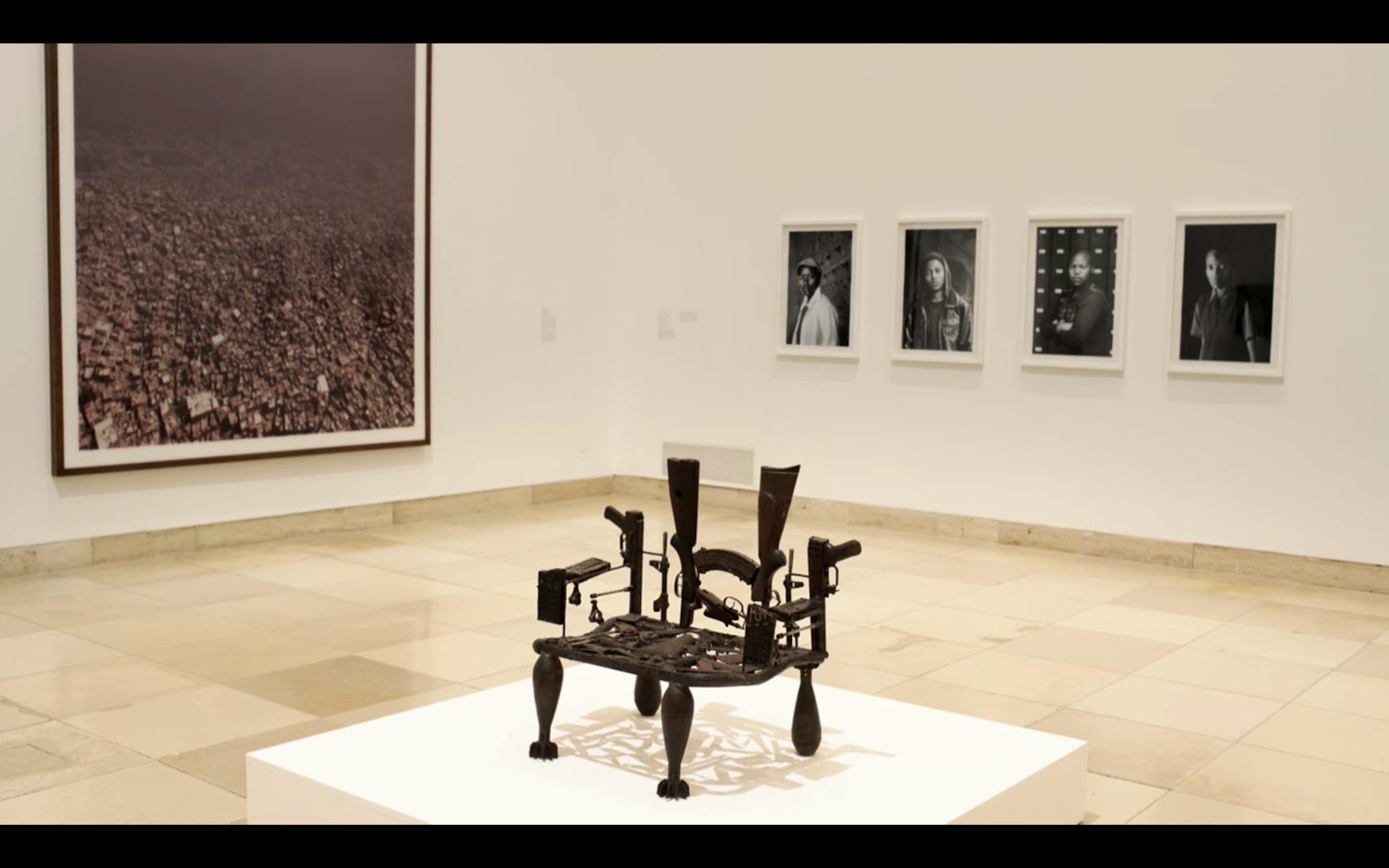
Haus der Kunst, Munich, Germany

From the Real to the Symbolic city, a work from Desert of Pharan, featured in this major exhibition of works from the Centre Pompidou collection, at the Haus der Kunst in Munich.
The exhibition explored the pressing question of which factors remain relevant to the writing of art history, providing an overview of contemporary art since the 1980s with 160 works by more than 100 artists.
The year 1989 marked a break with the past and the start of a new era. The fall of the Berlin Wall toppled divisions in the world of European art, while the events of Tiananmen Square focused attention on a new China. The ongoing globalisation allows for unprecedented mobility. The static understanding of identity, once based on origin and nationality, has since given way to a more transnational and variable narrative. Contemporary artistic proposals, which arise from the new "decolonised subjectivity," are also based on a new understanding of site-specificity. For example, in the 1960s and 1970s, the protagonists of Land Art still understood landscapes primarily as post-industrial ruins. In contemporary artistic practice, however, space is defined above all socially and politically – by traumatic historical events, home country, exile, diaspora and hybrid identities, such as African-American, Latino, Turkish-German, African-Brazilian, and so forth. This presentation of the Centre Pompidou contemporary collections at Haus der Kunst focused particularly on this altered geography, notably the former Eastern Europe, China, Lebanon, and various Middle Eastern countries, India, Africa, and Latin America. It was the first time such a large-scale view of the Centre Pompidou collection was been presented outside France.
Ahmed's work was featured in a section entitled 'The Artist as Documentarist: As Close as Possible to the Real'. This room focused on art showing an increased interest for the real and a greater emphasis on the artist’s role as an observer engaged in all different areas of human life – a documentary approach to artistic practice developed from the 19th century onward. It considered how the invention of photography and film, and more recently video, as well as the Internet, played a determining role in these evolutions. It found the artists featured to be “Documentarian” artists, fully engaged with their times, personifying a tension between the triumph of economic liberalism that they document, and the possibility of adopting a critical position towards it. Their practices were shown to be nourished by a certain distrust in the media, which prompts a critical approach and the deconstruction of codes through which events are interpreted. Among the questions tackled by these artists are religion, the status of women and workers, as well as a person’s place in society – all manifestations of a new, contemporary “realism.”